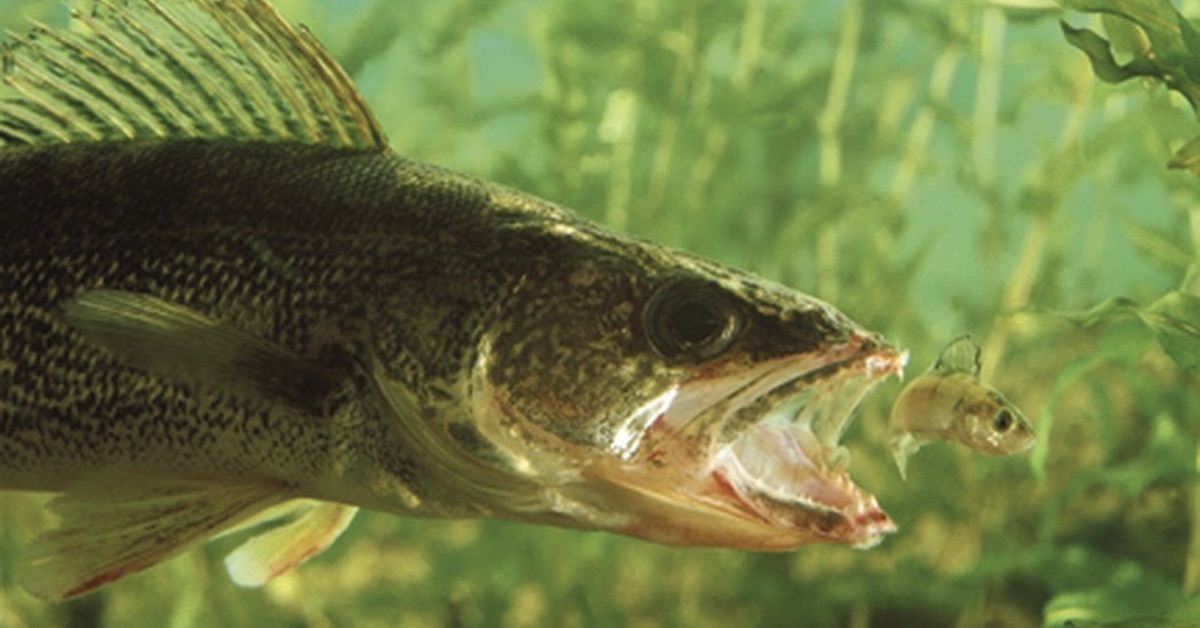Walleye – Learn The Facts That Can Help You Catch The Trophies
A walleye is a ‘perciform’ fish native to the northern United States and southern Canada. Walleye (Sander vitreus vitreus, or Stizostedion vitreum vitreum) is considered the North American relative of the European pikeperch, although they are not from the same family.
Walleye are usually larger than perch and can be distinguished from them by their scale color.
Some walleyes are often referred to as yellow pike or pickerel, although this name should be discouraged because they are not pikeperch or pickerel fish, but yellow walleye is the right name, also used to distinguish it from the extinct blue walleye.
Walleyes show some of variation across watersheds, and its peculiar name comes from the fact that their eyes, not unlike those of cats, reflect light. The light on the eyes of the walleyes is the result of a light-gathering layer called the tapetum lucidum. This characteristic allows the fish to see well in low-light conditions.
Because Walleyes feed at night so anglers often look for them in the knowledge of their luminescent eyes.
This fish can also see well in stained or rough turbid waters, giving them an advantage over their prey.
Walleye is often found at the breaking waters of Minnesota, in the Mille Lacs Lake, Brainerd Lakes Area, Lake of the Woods, Rainy River, Kabetogama Lake, Leech Lake, Saint Croix River and the Mississippi River.
Other states with walleyes in their waters include Wisconsin, North Dakota, South Dakota, Michigan, Ohio, Montana and Nebraska, besides of Canada, particularly in the Ontario and Toronto areas.
Walleyes may be found lurking in turbid waters, but their natural habitat is located in clean waters, particularly deep mesotrophic lakes and moderate to low-gradient rivers.
Walleyes are “cool water” species that grow to about 30 inches (75 cm) in length, weighing approximately 15 lb (7 kg), although their growth rate depends sometimes on where in their range they occur.
Southern populations usually grow larger and faster than other fish of the same family, however females of all walleye species grow larger than males.
It is not normal to find a walleye older that 5 or 6 years, but it is known that they can live for several decades.
The oldest walleye recorded reached 29 years of age.
Walleyes are olive color in dorsal and golden hue on the flanks, broken up by 5 dark saddles extending to their upper sides, and distinguished from sauger by their white coloration on the lower lobe of the tail.
Walleyes are best caught when the water temperatures get below 55º F, this is the reason why this fish is the favorite catch during fall, when also the turbidity of the rivers subsides the visual stimulating of walleyes, which can see their food floating, making it easier for the angler to see their activity.
Curated From Here


